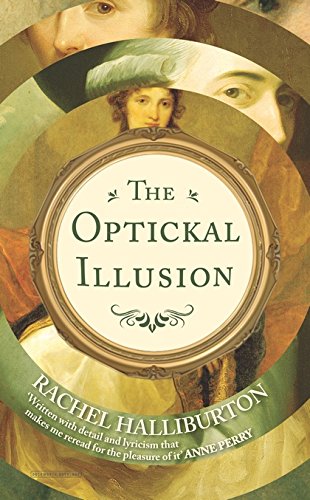The Optickal Illusion
Based on a real-life scandal in 1797, this novel is concerned with Ann-Jemima Provis and her father, who want to present (and sell) an artistic revelation from Venice revealing the secrets of Titian’s success with colour and technique. Suffering from the painting equivalent of writer’s block, Benjamin West, current President of the Royal Academy, is only too keen to get his hands and brushes onto this valuable asset. However, making him pay up for the knowledge and assistance is another issue.
The plot is slow-moving, very much of its time and place, and the research is impeccable. The reader becomes totally immersed in the society and culture of the time: clothes, speech, idioms, descriptions of place all serve to help the reader imagine the scenes. Key themes are the nature of art, the question of identity, and the role of women, specifically how female artists have been painted out of history, denied recognition despite talent. Of course, this is a theme which is very much still resonant today. In the world of 1797, one of the current debates was whether women were even worth educating, and Mary Wollstonecraft has a small but significant part in voicing and undercutting the male assumptions about the talents and abilities of Ann-Jemima. Readers looking for high action may be disappointed, as this is more of a novel to savour. However, fans who enjoyed literary novels such as Eleanor Catton’s The Luminaries and Sarah Perry’s The Essex Serpent will be content.










